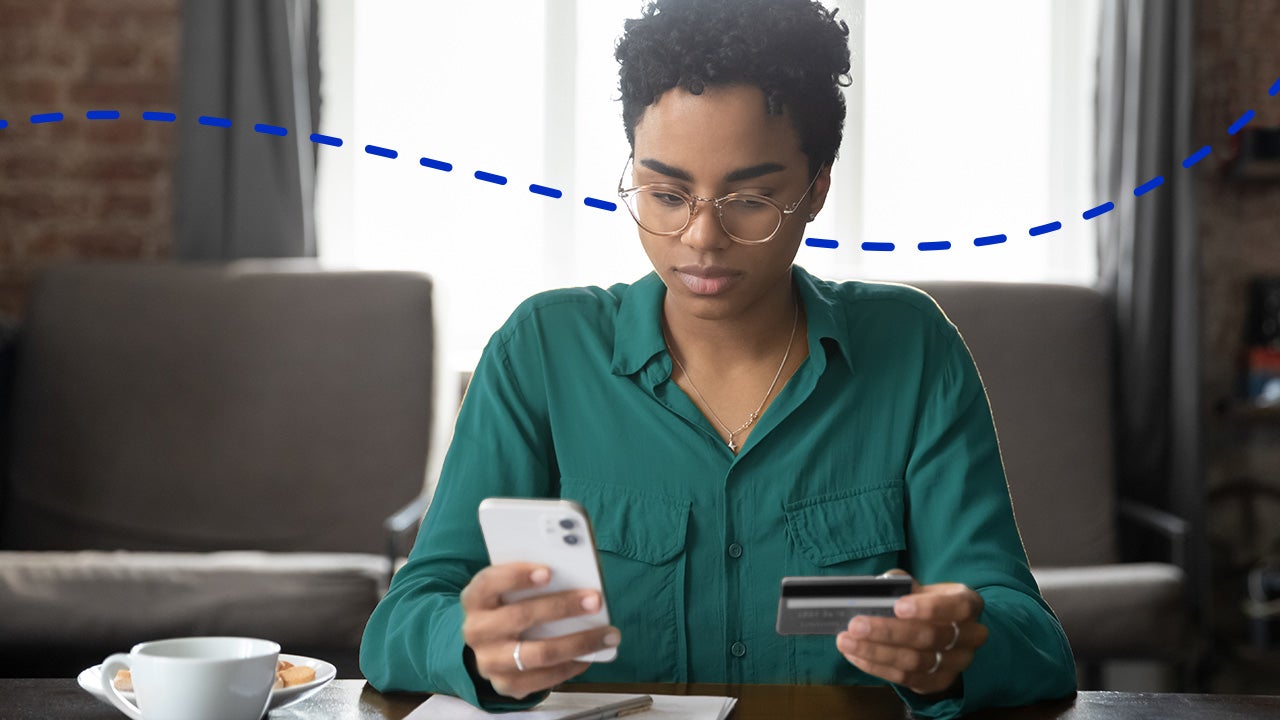Paceline: A surprising new contender for the best grocery rewards credit card




A lot of people might say credit cards motivate them to overspend. But what if your credit card motivated you to exercise more frequently? The Paceline Card offers 5 percent cash back on eligible health and wellness purchases and 3 percent cash back on everything else, as long as cardholders exercise for 150 minutes per week. Otherwise, the returns are cut in half.
Paceline defines health and wellness very broadly. It includes grocery stores, pharmacies, gym memberships, workout classes, fitness apparel and sporting goods.
The grocery category stands out to me
In fact, this is probably the most lucrative grocery credit card on the market, provided you hit the weekly exercise requirement. Unlike most cards that offer lofty grocery rewards, Paceline does not have a spending cap.
For instance, the Blue Cash Preferred® Card from American Express gives 6 percent cash back at U.S. supermarkets, but there’s a $6,000 annual spending limit. Purchases beyond that threshold only earn 1 percent cash back. Its $95 annual fee is also higher than the $60 fee that Paceline charges.
The Citi Custom Cash℠ Card is a no-annual-fee card that gives 5 percent cash back on cardholders’ top eligible spending category (and groceries are one of the options). But it, too, has a spending cap. In this case, it’s $500 per monthly billing cycle (which also works out to $6,000 per year). Other purchases earn just 1 percent cash back.
Another top contender is the American Express® Gold Card. While it technically has a limit on its grocery rewards, it’s much higher. Cardholders earn 4 points per dollar on up to $25,000 in purchases at U.S. supermarkets each year. The annual fee is much higher, as well ($250). And points are only worth 0.6 cents apiece when redeemed for cash back. This is more of a travel rewards card, which works for some people but can be more complicated than cash back.
Paceline defines grocery stores according to their merchant category codes. That basically means that as long as Visa views the business as a grocery store and you exercise 150 minutes that week, you’ll get 5 percent cash back on those purchases. It doesn’t matter whether you’re buying kale or ice cream or anything else. These grocery rewards are a huge benefit of what might otherwise be viewed as a niche offering for fitness enthusiasts.
Note that food purchased at Target and Walmart probably won’t count, since those retailers don’t generally code as grocery stores. Still, Paceline’s base rewards rate of 3 percent cash back on non-health and wellness purchases (provided you hit the exercise threshold) is very high.
Paceline’s core mission is to improve health and wellness
Paceline’s credit card debuted this month, but a separate (and free) rewards program has been available for a few years. By exercising for at least 150 minutes per week, you can accumulate points toward gift cards from a variety of merchants. Special discounts are available, too.
Jess Bieligk, Paceline’s chief commercial officer (CCO) who previously spent a decade at Capital One, describes Paceline as a next-generation performance marketing platform. She says that fewer than one in five Americans exercise for at least 150 minutes each week, which is viewed as a key threshold for healthy living.
How it works
Paceline cardholders and rewards program members can connect popular fitness trackers (such as Apple Health, Fitbit and Garmin devices) to the Paceline app to measure their physical activity. Speaking of Apple, over the course of a year, Paceline cardholders can earn up to a $429 rebate on an Apple Watch Series 7. The way it works is that cardholders buy the watch using their Paceline Card, then after they hit 150 minutes of exercise in a week, they get a partial credit of the purchase price divided by 52 weeks. For example, a $429 purchase divided by 52 weeks would involve weekly credits of $8.25.
If there’s a week when a cardholder does not exercise for 150 minutes, they won’t receive the Apple Watch credit or their double cash back that week, but they can get back on track the following week. Bieligk also indicated that special accommodations are possible if there’s a good reason why a cardholder was unable to exercise that week (illness, surgery, etc.).
She indicated that the Paceline Card is intended for applicants with good to excellent credit (which generally means a credit score in the mid-600s and above). The APR is a variable 15.99 percent to 29.99 percent, depending on the cardholder’s creditworthiness. So, like most rewards credit cards, it’s only worth it if you can pay your bills in full each month.
The bottom line
I’m a big fan of what Paceline is doing. The grocery rewards on the Paceline Card are top-notch and broadly appealing. Fitness buffs will get even more value since few other credit cards offer lucrative rewards on gym memberships, workout classes, sporting goods and apparel. And 3 percent cash back on all other purchases (assuming you hit the weekly exercise goal) is another amazing benefit. As long as you’re regularly able to work up a sweat, this card is really tough to beat.
Have a question about credit cards? E-mail me at ted.rossman@bankrate.com and I’d be happy to help.




